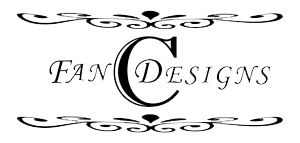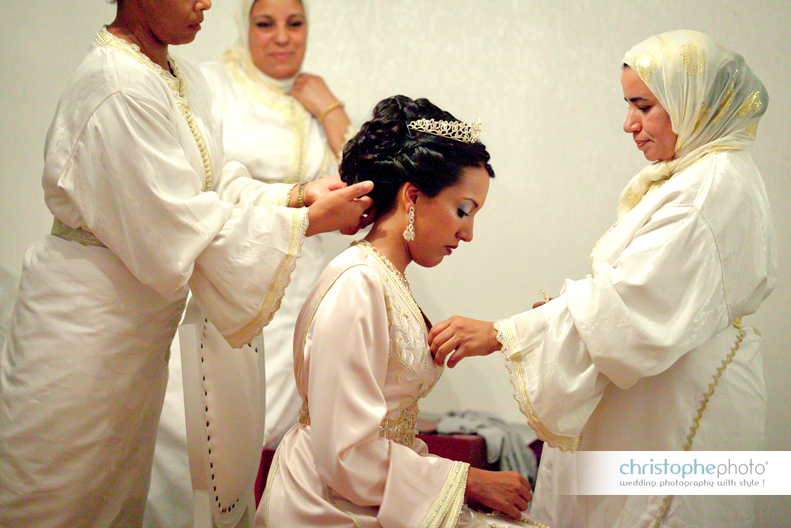THE MOROCCAN WEDDING TRADITION
Morocco is a country in the North of Africa. It has its coast in both the Atlantic Ocean and the Mediterranean Sea. It is a country with a very rich cultural and value system and this is often exhibited in their wedding ceremonies. The richness of their culture is reflected in their music, clothing and food. The traditional Moroccan wedding can last between three to seven days. Pre-wedding ceremonies must have started about a year before the traditional wedding. The groom’s family goes to meet the bride’s family to request her hand in marriage. This serves as an act of formality for marriage commitment. The intended groom comes bearing gifts for his intended bride. These gifts are usually symbolic and include sugar which represents a happy life, milk for purity, jewellery and fabrics. The gifts are usually arranged in a very large flat silver colored container covered with a conical lid.
The bride is required to go to the traditional Moroccan Hamam, sauna with her friends and relatives two days before the wedding. The Moroccan Hamman is a place where the bride is given a milk-like bath called the Hamam. It is considered as an act of purification and her friends accompany her, performing beautiful traditional songs. Her friends, older married women and relatives are called the Negaffa. The Negaffa go about trying to beautify her, clothing her in a beautifully decorated wedding kaftan (usually white), jewellery and darken her eyes with kohl (thick dark eyeliner). The bride’s hands and feet are painted with henna. The henna design (floral and geometric designs) is done to ward off evil spirits, increase fertility and bring her good luck. The groom’s initial is often hidden in the henna. Often, the bride isn’t expected to do any house chores until her henna is faded. Also, the Negaffa discuss the secrets to a successful marriage with the young bride.

On the wedding day, the ceremony begins with songs and dance. The bride and groom are usually carried on the shoulder of the groom’s friends in a circular cushion or table. The circular cushion is called the Amariya. Traditionally they would be carried to the bridal chamber where they are expected to consummate their marriage. The consummation of the marriage is no longer done immediately and there is no need for proof of virginity in these modern days. Also, the henna is becoming less common these days.
On arriving her new home, the bride usually circles her new home three times and she is welcomed by the mother-in-law who offers her dates and milk as a sign of welcome and affections
The dishes served at the Moroccan weddings includes Mashwi (baby lamb), Pastile ( puff pastry stuffed with a fricassee of pigeon or chicken, almonds, sugar and cinnamon), Tajine and Morrocon cookies served with traditional mint tea. The ceremony is usually filled with laughter, dance and music.
image credit: Christophephoto

